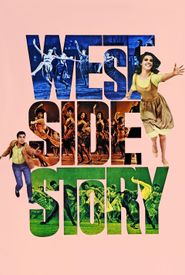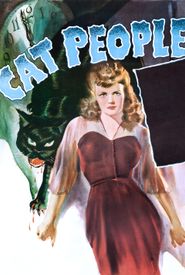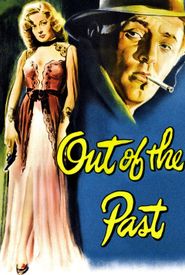Linwood G. Dunn, a renowned figure in the world of cinema, entered this world on December 27, 1904, in the vibrant city of New York, within the state of New York, in the United States of America.
Throughout his illustrious career, he has left an indelible mark on the film industry, with his work being showcased in a plethora of iconic movies, including the groundbreaking and critically acclaimed West Side Story, which premiered in 1961.
In addition to his work on West Side Story, Dunn has also made significant contributions to other notable films, such as The Thing from Another World, which was released in 1951, and It's a Mad Mad Mad Mad World, a comedy classic that debuted in 1963.
Dunn's personal life was marked by a deep and abiding love for his wife, Alice Dunn, to whom he was married.
Sadly, Linwood G. Dunn's life came to a close on May 15, 1998, in the city of Los Angeles, within the state of California, in the United States of America.














